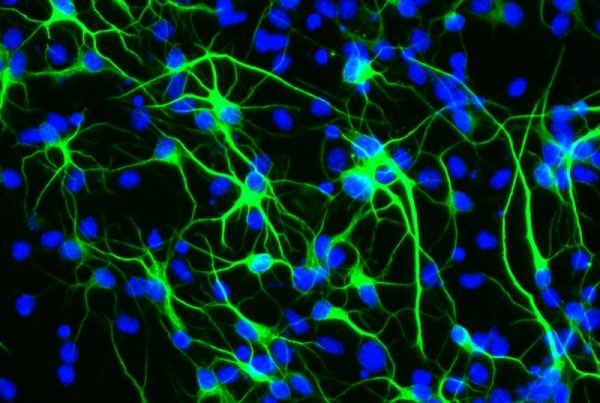Women, gamers, desk workers, and those who work with their hands or have certain chronic conditions could be at higher risk of developing carpal tunnel syndrome. This condition is often first noticed with pain or tingling in one or both hands at night.
What Is Carpal Tunnel Syndrome?
“The median nerve, which runs from our neck, down the shoulder and into the hand, is crucial for both sensory information and motor function, or movement, in our hands,” explains orthopaedic surgeon Dr Laubie Laubscher, an orthopaedic surgeon practising at Netcare N1 City Hospital.
“As this major nerve enters the hand, it passes through a ‘tunnel’ of bone and ligament in the wrist. When this nerve becomes pinched or constricted, it can start to cause pain, a feeling of ‘pins and needles’ or tingling, as well as numbness or weakness in the hand and forearm.”
“Although it is not the only condition that causes pain in the hands, it is a relatively common condition, especially among those with a family history of carpal tunnel syndrome [CTS], and people with hypertension, thyroid disease or diabetes,” says Dr. Laubscher, adding that women, especially during pregnancy, are more likely to be affected, although it can also be associated with injury to the wrist.
Dr. Laubscher further explains how it has been hypothesized that desk workers who spend a lot of time typing on computers could be placing additional pressure on the nerve, potentially contributing towards CTS. There have also been anecdotal reports that gamers who spend many hours at the computer could be placing themselves at elevated risk for developing CTS. This is due to the strain this position and repetitive movements put on the median nerve and ligaments.
Symptoms
While CTS associated with pregnancy or injury may resolve itself, when CTS persists, the symptoms are often described as unrelenting.
According to Dr. Laubscher, the pain or tingling felt in the hands and running up towards the elbow is usually more noticeable at night, when the person is trying to get to sleep. In severe cases, patients describe lying awake, struggling with this discomfort day and night,
“A sensation of numbness – particularly of the thumb, forefinger, and part of the middle finger – can affect hand strength and daily tasks, and contribute to the discomfort of the condition,” Dr. Laubscher says.
Managing CTS
For many with mild symptoms or early signs potentially associated with CTS, conservative treatments to manage the symptoms and measures such as using wrist splints or supports, ergonomic keyboards or controllers, and other approaches to prevent repetitive strain injuries can be helpful.
“In cases where these fail to provide relief, surgery may be considered to release the ligament that is squeezing the nerve in the narrowing of the carpal tunnel. In most instances, the condition does not recur after surgery,” Dr. Laubscher notes.
Newer minimally invasive ultrasound-guided procedures are also being introduced to treat carpal tunnel syndrome at Netcare N1 City Hospital. Dr. Laubscher notes that international literature shows this novel approach is associated with shorter recovery times, allowing patients to return to work and their daily activities sooner.
“The considerably smaller scar is also appealing from an aesthetic point of view, which is significant as our hands are constantly visible to us, unlike most other parts of the body, and so the cosmetic aspect is important,” he says.
Conclusion
Dr. Laubscher says that with the options available to help manage or treat carpal tunnel syndrome, there is no need for the condition to keep you awake at night or interfere with your functionality during the day. Thus, speaking to your doctor is the first step towards finding relief for this common and potentially debilitating condition.



![women [longevity live]](https://longevitylive.com/wp-content/uploads/2020/01/photo-of-women-walking-down-the-street-1116984-100x100.jpg)










